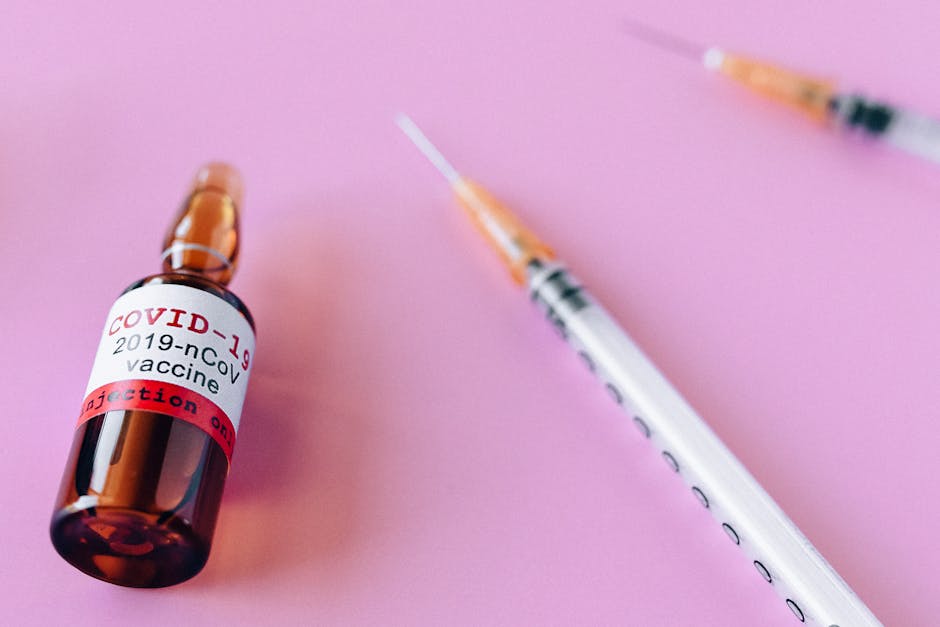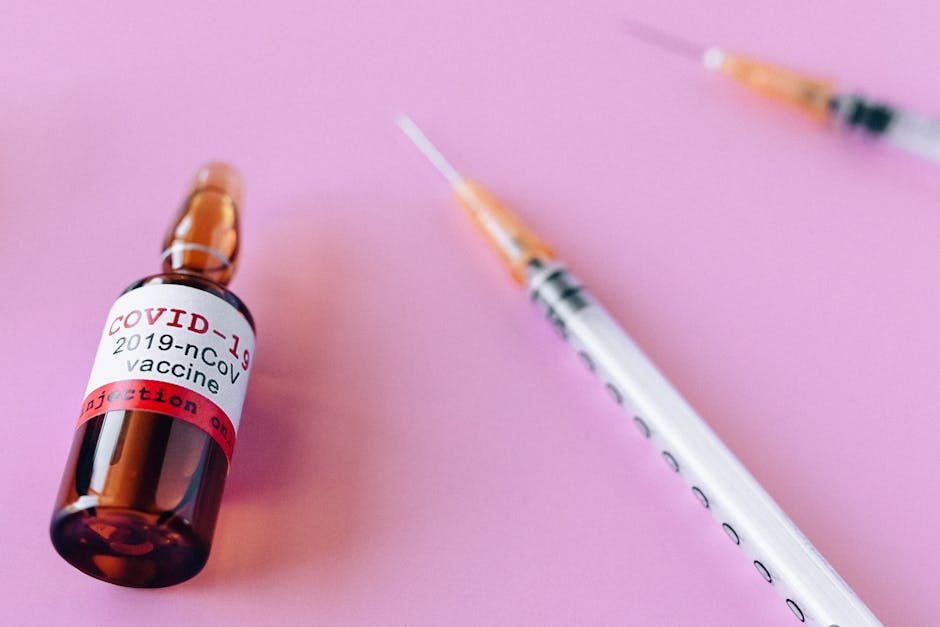Could They Have Made a Cure for Cordyceps with Ellie? Exploring The Last of Us’s Scientific Possibilities
The Last of Us, both the critically acclaimed game and its equally successful HBO adaptation, has captivated audiences worldwide with its gripping narrative and post-apocalyptic setting. Central to the story is Ellie, a young girl immune to the mutated Cordyceps fungus that has ravaged humanity. This immunity sparks a desperate hope: could Ellie’s unique biology hold the key to a cure? This article delves into the scientific plausibility of developing a cure using Ellie’s immunity, exploring the challenges and potential breakthroughs.
Understanding the Cordyceps Brain Infection in The Last of Us
The fictional Cordyceps infection in The Last of Us is a highly dramatized version of real-world Ophiocordyceps unilateralis, a parasitic fungus that infects ants. While the real fungus manipulates ant behavior, the game and show amplify this effect, transforming humans into aggressive, zombie-like creatures. The key difference is the speed and manner of infection, with the fictional Cordyceps exhibiting far greater virulence and rapid transmission than its real-world counterpart. This fictionalized version presents unique challenges and opportunities when considering the potential for a cure.
The Challenges of Developing a Cure
Creating a cure based on Ellie’s immunity would present immense scientific hurdles. First, the mechanism of Ellie’s immunity itself is shrouded in mystery, both in the narrative and from a scientific perspective. Is it genetic? Is it an acquired immunity? Understanding the underlying biological mechanisms is crucial for developing a targeted therapeutic intervention. This requires extensive research, including genomic analysis, immunological studies, and possibly even reverse engineering of the fungal mechanisms of infection.
Furthermore, the rapidly progressing nature of the infection in The Last of Us poses a significant challenge. Unlike many diseases where treatment can be administered over time, the Cordyceps infection progresses rapidly, leading to significant neurological damage and behavioral changes. A successful cure would need to be both effective and administered quickly, presenting difficulties in terms of logistics and delivery.

The diversity of the fungal strains within the infected population would also complicate cure development. Similar to viruses, the Cordyceps fungus might evolve, rendering initial treatments ineffective. A cure would need to address this potential variability to ensure broader efficacy. This would necessitate ongoing research and the development of adaptable treatment strategies.
Exploring Potential Avenues for Cure Development
Despite these challenges, Ellie’s immunity offers potential avenues for cure development. Researchers might focus on several key areas:
- Identifying the specific genetic markers responsible for Ellie’s immunity. This could involve sequencing Ellie’s genome and comparing it to those of infected and non-infected individuals to identify specific genes or mutations that confer protection.
- Understanding the immunological response in Ellie. Detailed analyses of her immune system could reveal specific antibodies, immune cells, or other factors contributing to her resistance. This information could be leveraged to develop targeted immunotherapies.
- Developing antiviral or antifungal agents. Researchers might identify specific weaknesses in the Cordyceps fungus, enabling the development of drugs that target its metabolic processes, replication, or other essential functions. This could involve screening existing drugs or designing novel compounds based on an understanding of the fungal biology.
- Gene therapy. If specific genetic markers are identified as being responsible for Ellie’s immunity, gene therapy could potentially be used to introduce these protective genes into infected individuals. This approach, however, is fraught with ethical and technical challenges.
Ethical Considerations
The development of a cure based on Ellie’s immunity raises significant ethical questions. Should Ellie’s unique biology be exploited for the benefit of humanity? What are the potential risks and benefits of such intervention? How should access to a potential cure be managed in a resource-scarce, post-apocalyptic world?
These are complex issues with no easy answers. The ethical dimensions must be carefully considered alongside scientific advancements, ensuring that any cure development is conducted responsibly and ethically. Transparency and equitable access are paramount to avoid exacerbating existing inequalities.
The Last of Us and Scientific Realism
While The Last of Us presents a fictionalized scenario, it underscores the real-world potential of fungal pathogens. The increasing threat of antibiotic resistance highlights the need for constant research into novel anti-infective strategies. The show’s success in sparking public interest in mycology and infectious disease research is noteworthy. While a Cordyceps pandemic as depicted in the show remains highly improbable, the fictional narrative provides a compelling framework for exploring crucial scientific and ethical dilemmas.

Conclusion
Whether a cure based on Ellie’s immunity is realistically achievable remains an open question. The scientific challenges are immense, but the potential rewards are equally significant. The exploration of this possibility in The Last of Us serves as a powerful reminder of the importance of scientific research in addressing future health threats. The fictional narrative, while exaggerated, compels us to contemplate the scientific and ethical implications of leveraging human biology for the common good. While the prospect of replicating Ellie’s immunity may remain firmly in the realm of science fiction for now, it provides a powerful lens through which to examine crucial questions about the power of science and the responsibility that comes with its use.


